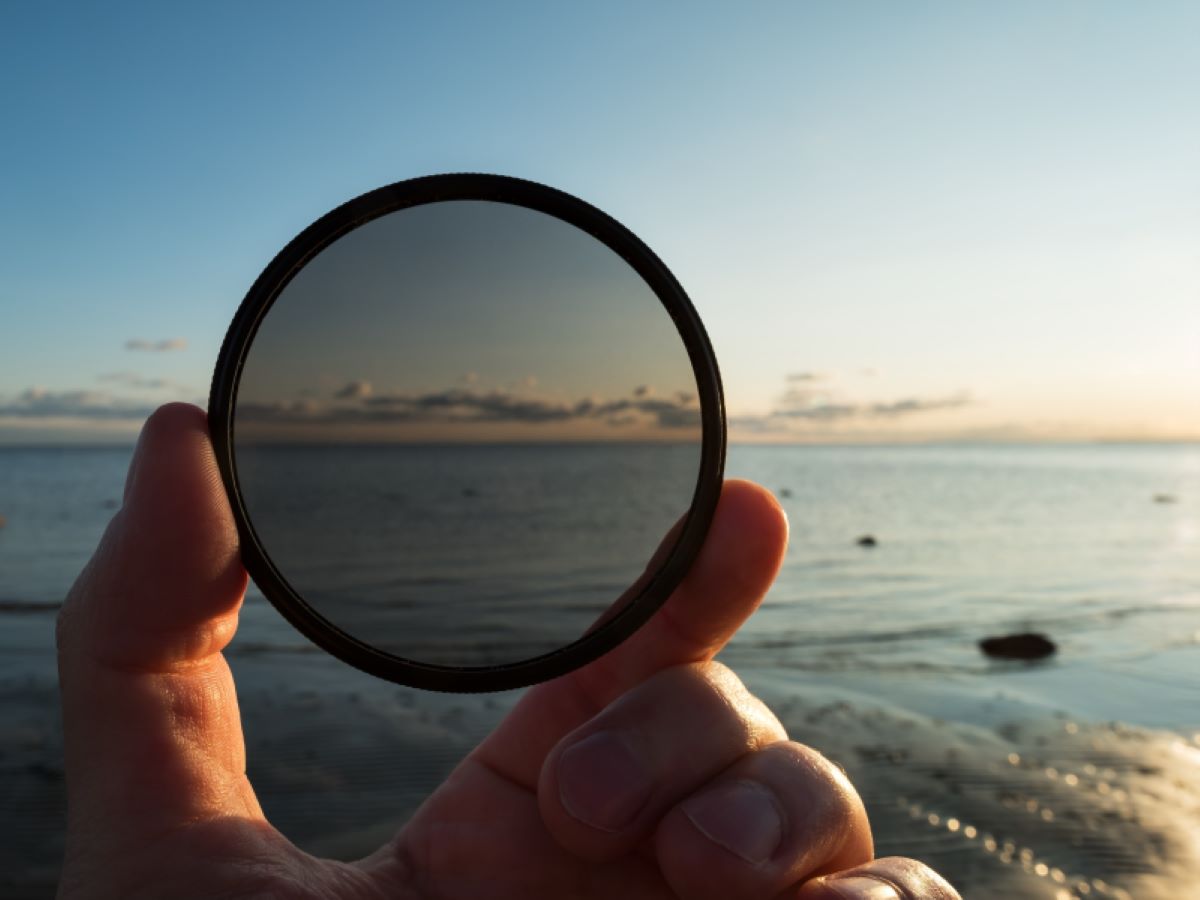Polarized vs. Non-Polarized Sunglasses: What’s The Difference?
Whether you wear them for fashion or outdoor protection, most of us likely have at least one pair of sunglasses. The fact that they’re such a staple in iconic movie looks only adds to their cool factor.
However, did you know that sunglasses are divided into polarized and non-polarized lenses?
Both options are great in their own ways, and fully understanding what they are can do more for you than you might realize.
Here’s all you need to know about polarized and non-polarized sunglasses.
What are polarized sunglasses?
Polarized sunglasses are best worn on bright sunny days. The reason is because they have lenses that reduce reflected light and glare. They’re made out of a thin chemical film that filters some of the light that’s reflected off glass, snow, and water.
Also known as anti-glare sunglasses, they’re very similar to anti-reflective glasses and best used for the following situations and activities:
- Daytime driving on the highway or asphalt
- Fishing and boating
- Skiing and other winter sports
- Golfing
How do polarized sunglasses work?
A unique chemical filter on polarized glasses prevents some light from passing through the lens. With this filter, the lenses can disperse light so that not all of it’s reflected into the eye.
When sunlight hits a flat surface such as glass, snow, or water, it’s reflected at a horizontal angle to the eye which causes eyestrain. In polarized sunglasses, their coating blocks out horizontal light while letting vertical light pass through the lenses. Since the glare is reduced, you can see images and objects a lot clearer.
Differences between polarized and non-polarized sunglasses
Both polarized and non-polarized sunglasses are great for protecting your eyes from harsh light.
However, both of them protect your eyes in entirely different ways. Non-polarized lenses treat all light equally, which lowers the overall intensity of light. In some environments that have glass, snow, or water, you may still get a good amount of glare.
On the other hand, polarized lenses are more specific in that they filter out bright light that reflects off of smooth surfaces.
With all that being said, either type of sunglasses is still good to have when you’re out on a sunny day. To ensure maximum UV protection, always look for a pair that blocks 99% or 100% of UV light.
The benefits of polarized sunglasses
Due to their specific benefits, polarized sunglasses are best for those with an active lifestyle who require an extra layer of eye protection. If any of the following are a part of your everyday, polarized sunglasses may be for you:
- Long hours spent outdoors
- Long-distance driving during the day
- Working or living in bright, sunny surroundings
- Constantly near or above water
Although polarized sunglasses are pricier than their non-polarized counterparts, they can be a worthwhile investment for clearer field of vision and extra safety.
The benefits of non-polarized sunglasses
There are also some situations in which non-polarized sunglasses trump polarized ones. If your lifestyle comprises any of the following, opt for non-polarized lenses instead:
- Downhill skiing
- Operating of heavy machinery
- Flying
Wearing polarized sunglasses under the above circumstances will give you a harder time looking at certain screens or detecting important changes in color. For instance, most screens have polarized filters on them which helps you see them during the day time. Wearing polarized sunglasses will cancel that filter out. In turn, this may compromise your safety.
Additionally, non-polarized lenses are a lot cheaper than their polarized counterparts. They also come in more hues, finishes, and colors, making it ideal for those seeking a certain aesthetic. If you don’t want to keep swapping between sunglasses and eyeglasses, you can even opt for transitional lenses, which are usually non-polarized.
Moreover, non-polarized sunglasses are more accessible as you can usually find them in almost any optical store.
How to tell if your sunglasses are polarized
There’s no physical difference between polarized and non-polarized sunglasses. As such, it’s essential to test out whether the lenses are polarized or not before you buy.
Luckily, there’s a relatively quick method to check.While wearing the sunglasses, tilt your head to the left and right (at a 90-degree angle), while staring into an LCD or LED screen such as a computer monitor or smartphone. When you tilt your head back and forth while looking at the monitor, it should alternate between looking brighter and darker. This is how you’ll know whether your sunglasses are polarized or otherwise.
For peace of mind, be sure to run this simple test even if your sunglasses are labeled as “polarized”.
How to choose between polarized and non-polarized sunglasses
Both protect your eyes to a certain degree, but polarized lenses are a lot better if you’re always exposed to harsh sunlight. Polarized sunglasses also enhance colors, clarity, and contrast.
If you’re not really seeking any of those features or don’t have a lifestyle that needs polarized sunglasses, you’re better off sticking to non-polarized sunglasses.
Non-polarized lenses are better for reading digital screens or displays, which makes them a common option among pilots. The reason for this is that the majority of LCDs, including your smartphone and tablet, utilize a polarizing filter to improve screen visibility in direct sunlight. However, polarized sunglasses have the same effect, so the two essentially cancel one another out, making your LCD screens appear dim or completely black.
Polarized or not, it depends!
Let’s wrap things up!
Polarized and non-polarized sunglasses are generally great for protecting your eyes. But, polarized sunglasses take your visual experience to a whole other level by protecting against glare.
This doesn’t make non-polarized any less of a viable option. They’re still great for viewing digital screens or even when you’re driving in low-light situations.
For more eyewear fun facts and trivia, keep it locked here on Mouqy!

Written by:
Shu Kie













